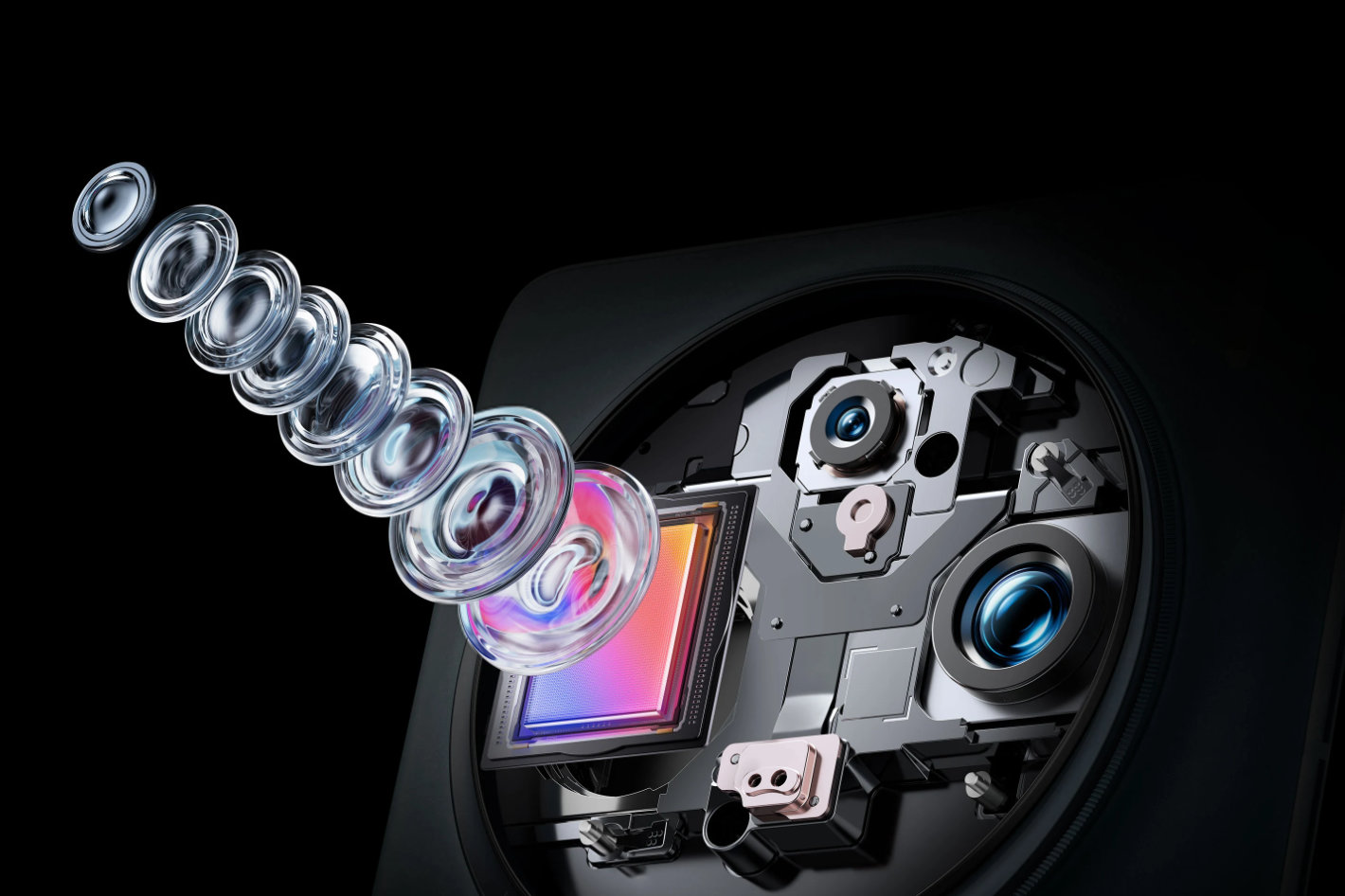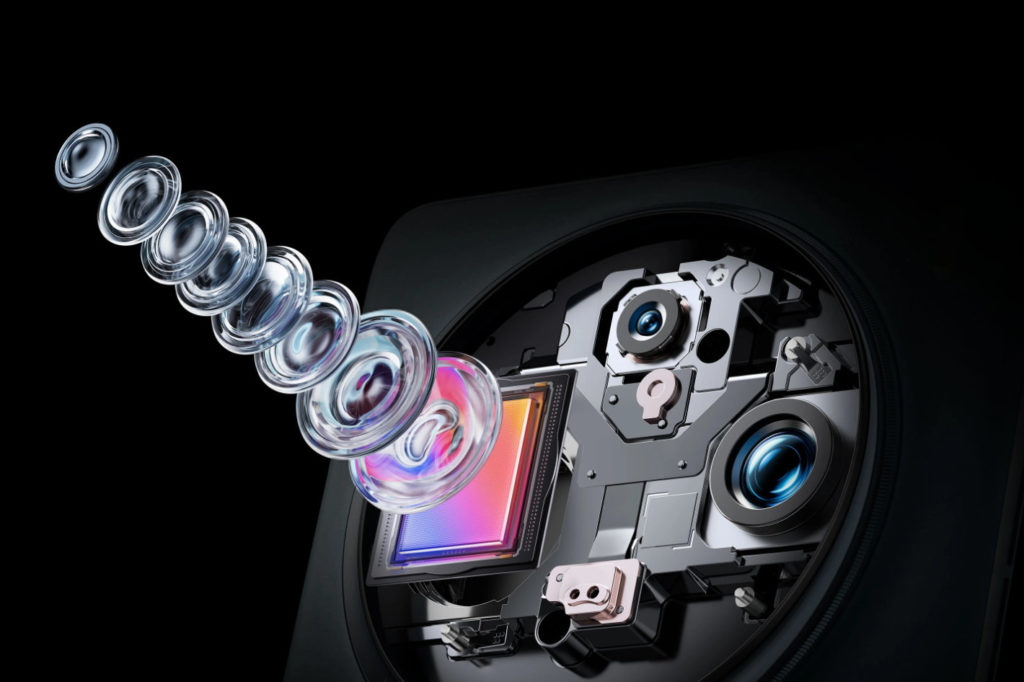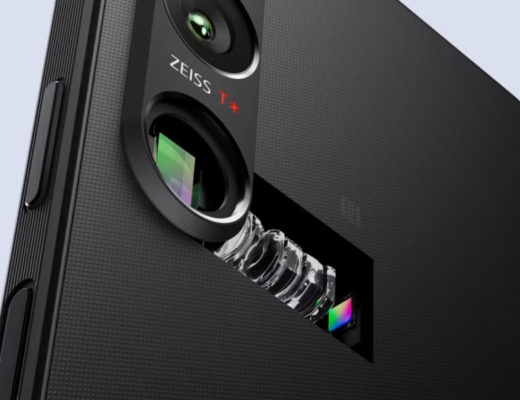 Featuring an upgraded vivo ZEISS co-engineered imaging system for pro-level photography on a smartphone, the new X100 series will be available in the global market this December.
Featuring an upgraded vivo ZEISS co-engineered imaging system for pro-level photography on a smartphone, the new X100 series will be available in the global market this December.
Although the name may not be familiar to many, vivo is one of the popular brands in China and, because of the specifications offered by its smartphones, by many in other countries aspiring to hold in their hands a smartphone that is a tool for photography and video. The new X100 series, launched in China a month ago and now announced as making it to the global market – except for the US, where vivo has no plans to distribute its models – promises to take the bar higher and set the stage for what 2024 will bring in terms of smartphones for photography and video.
The new vivo X100 and X100 Pro feature an upgraded vivo ZEISS Co-engineered Imaging System for pro-level photography on a smartphone and deliver, according to vivo, “superior performance with Dimensity 9300, a customized imaging chip and enhanced battery capacity.” The new series continues the X series legacy with even more powerful camera features, and introduces game-changing innovations in collaboration with ZEISS, equipping users with the hardware and software to capture highly precise photography in all scenarios, specifically targeting challenges in long-range and close-focus shooting.
The partnership with ZEISS extends to the lenses. Both X100 and X100 Pro have certified compliance with ZEISS T* Coating, an advanced anti-reflective coating technology that significantly increases light transmittance and helps accurately reproduce colors while reducing light reflection, enabling users to capture clear images even in complex light conditions.
 Vivo X100 Pro has focal lengths up to 100mm
Vivo X100 Pro has focal lengths up to 100mm
The X100 series has also been optimized for industry-leading capabilities in sunset and sunrise photography, supported by the telephoto hardware and upgraded vivo Origin Imaging Engine. Bringing upgrades to image quality, color tone, and computing processes, vivo Origin Imaging Engine, the company says, “aids in sunset or sunrise photography by identifying specific red-sun scenarios and capturing the scene accurately.”
The company claims that “the groundbreaking mobile photography features go beyond hardware specs to enable users to capture, create, and edit professional grade images and videos on the go. Upgrades have been made to portrait and night shooting capabilities, alongside new additions to the signature ZEISS bokeh effects.”
In fact, the X100 and X100 Pro carry on the X series’ pursuit of making professional-level photography possible on a smartphone, this time bringing a whole new take on portraits. For the first time in the X series, vivo introduces ZEISS Multifocal Professional Photography, allowing users to take professional portraits with focal lengths up to 100mm, perfect for travel photography, artistic photography or simply capturing joyful moments at home. Adding more creative options, X100 series introduces ZEISS B-Speed Style Bokeh, the newest addition to ZEISS Style Portrait package. ZEISS B-Speed Style Bokeh creates a distinctive circular triangular bokeh effect inspired by ZEISS classic high-speed cine lens from the mid-1970s.
 A 50MP ZEISS 1-inch Main Camera
A 50MP ZEISS 1-inch Main Camera
The differences between models start to show on the Dual Flagship Chip architecture. Although both use the Dimensity 9300, which boasts a flagship octa-core CPU offering a massive leap in performance compared to its predecessor, the X100 is engineered with the vivo V2 Chip and X100 Pro with the latest vivo V3 Chip.
The vivo X100 model comes with a 50MP VCS True Color Main Camera, a 64MP ZEISS Telephoto Camera, and a 50MP Super Wide-Angle Camera, a trio that follows what seems to be the new norm for smartphones: similar resolution sensors for all focal lengths, which we’ve seen in other models before and is now becoming the rule… bar some exceptions.
While the vivo X100 model is an interesting option in terms of upcoming smartphones, at least on paper, the X100 Pro is the flagship, with a 50MP ZEISS 1-inch Main Camera, a 50MP ZEISS APO Floating Telephoto Camera and a 50MP Super Wide-Angle Camera. The ZEISS APO Floating Telephoto Camera (exclusively co-engineered with ZEISS, as vivo notes) comes with new Vario-Apo-Sonnar standards from ZEISS for excellent close-up and long-distance shots. Adding to image quality, Optical Precision Calibration ensures the main camera on X100 Pro delivers consistent image sharpness and quality. The experience is rounded out with SLR-level image stabilization on the main camera.
 Floating Elements Design like ZEISS Batis lenses
Floating Elements Design like ZEISS Batis lenses
The lens system adopts a Floating Elements Design, which sets a new benchmark with an unprecedented f/2.5 aperture to ensure high image quality in various scenarios, even from 6X to 10X. According to vivo, the X100 Pro is the first mobile imaging system in the world to achieve APO certification. The lens, the company adds, “significantly reduces chromatic aberration and associated image clarity issues.”
One note for those interested: the “floating elements” design compensates for aberrations of the lenses at different distance settings. This is achieved by changing the axial distance between individual lens elements or groups. ZEISS uses “floating elements” in its ZEISS Batis lenses.
Thanks to the customized vivo V3 Chip, which adopts 6nm process with 30% increase in energy efficiency ratio, used in the X100 Pro, the flagship model features advanced upgrades in portrait videography, as it brings the all-new 4K Cinematic Portrait Video, an X series first, ideal for users who want to capture and edit creative video content effortlessly on their smartphone.
The company claims that “with this powerful feature the focus shifts automatically and tracks the subject during filming, creating a more cinematic feel. Users can also take advantage of the new 4K Cinematic Portrait Video feature to apply ZEISS Cinematic Video Bokeh style. Post-editing of 4K Cinematic Portrait videos is also available in the Album, allowing users to easily fine-tune the bokeh effects and styles.”
The vivo 100X Pro, the only version that will be available in Europe, has a price starting at 4,999 Chinese Yuan, which translates to +/- $706, but no pricing for the global market has been revealed yet. Still, not bad for a flagship model.

Filmtools
Filmmakers go-to destination for pre-production, production & post production equipment!
Shop Now













